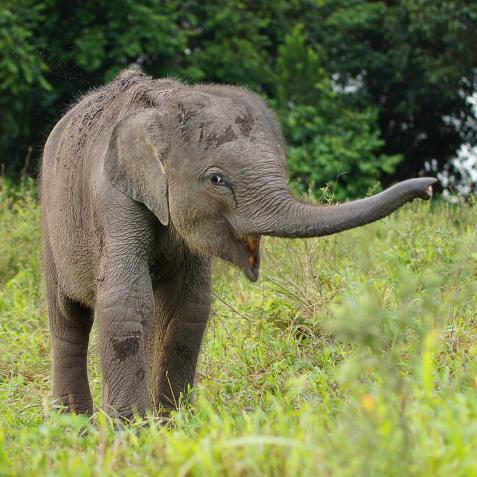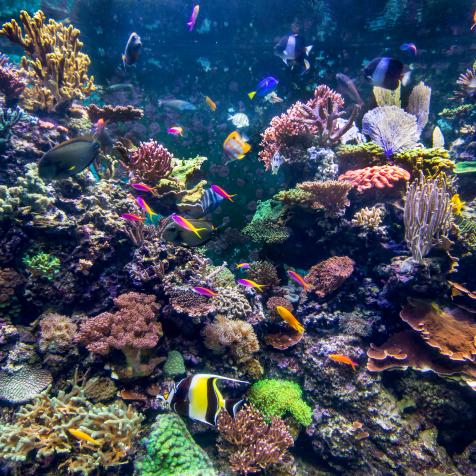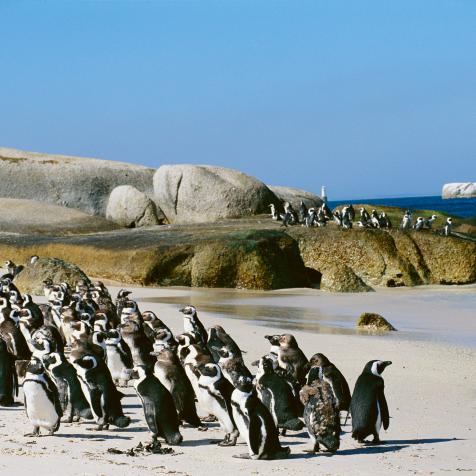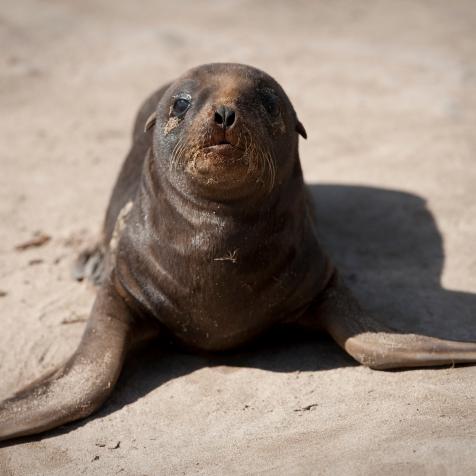
Willowpix
Can Ecuador’s New Approach to Monitoring Butterflies Help Save Them?
Butterflies, once a familiar sight around the world, are plummeting toward extinction due to colossal threats from pesticides, habitat loss and climate change.
Over the past four decades, more than 450 butterfly species have been hit by declining numbers. In the US alone, the monarch butterfly has seen a drop of 80%, from scientists recording millions of them in the 1980s, and only 29,000 in 2020. It’s part of a wider trend across the insect group; in 2017 scientists in Germany raised alarm bells after highlighting that insects had declined by more than 70% in 30 years. With more than a million insect species across every continent on Earth, and millions more waiting to be discovered, there aren’t nearly enough entomologists to document the full scale of insect diversity – never mind monitoring their decline.
Butterflies are a helpful canary in the coal mine for other insects, as they are very sensitive to environmental change, and relatively easy to monitor compared to other insects.

James L. Amos
A group of monarch butterflies against the blue sky.
Leading environmental organizations have been working hard to find new ways of tracking dwindling butterfly numbers – everything from citizen photography projects in England to US-wide programs that encourage Forest Service Units to report butterfly-friendly initiatives, such as native tree planting and fuel removal.
In Ecuador, however, scientists have taken things one step further. The South American country has been dubbed the “butterfly capital of the world” thanks to boasting around 4,000 species of butterfly within its relatively small borders.
The study was undertaken to combat the severe threat of extinction that so many insects – not just butterflies – are facing. As of now, there is no long-term data available to develop effective conservation strategies in those areas where the threat is particularly prevalent, such as Neotropical forests – the tropical forested region in Central and South America.

Robert Oelman
A transparent-winged butterfly, also known as an amber phantom.
The scientists behind the study also wanted to address the logistical challenges that long-term monitoring programs worldwide have faced: they are focused on training locals as ‘parabiologists’ (citizen biologists), which, although successful, requires significant and constant funding to cover wages.
They came up with a novel approach to the problem. In Yasuni National Park, one of the world’s most diverse protected areas, they launched a monitoring scheme where park rangers, hired by the country’s Ministry of the Environment, were trained and then implemented monitoring. They were trained and equipped by biologists at the Pontifical Catholica University of Ecuador, and the Florida Museum of Natural History.
The rangers were able to identify sampled butterflies to species with impressive accuracy – an 85% success rate – which is key for these kinds of monitoring programs to be successful.

SL_Photography
A magic sunset in the Amazon Rainforest inside Yasuni national park. The Amazon rainforest and its tributaries comprise the countries of Ecuador, Peru, Bolivia, Brazil, Colombia, Suriname, Venezuela, Guyana and French Guyana.
The data gathered by the park rangers was so accurate that it did not significantly differ from data obtained by trained biologists in the area.
In comparison to other monitoring projects which employ individuals from the community to act as citizen biologists, which usually end when grant funding dries up, this study represents a long-term solution. Monitoring with an infrastructure already in place means that it can continue into the future regardless of grant funding.
“Our approach increases the likelihood of sustaining monitoring in the long-term by reducing expenses such as lodging and wages,” said lead author Maria Checa. “Furthermore, it also empowers local people, offers opportunities for public institutions to accomplish their environmental goals, and provides the potential for expansion to other highly threatened and important areas for biodiversity conservation.”
The researchers hope to use it as a pilot project to expand their efforts to other parks and reserves in Ecuador and other countries in the tropics.












.jpg.rend.hgtvcom.476.476.suffix/1633031314945.jpeg)



